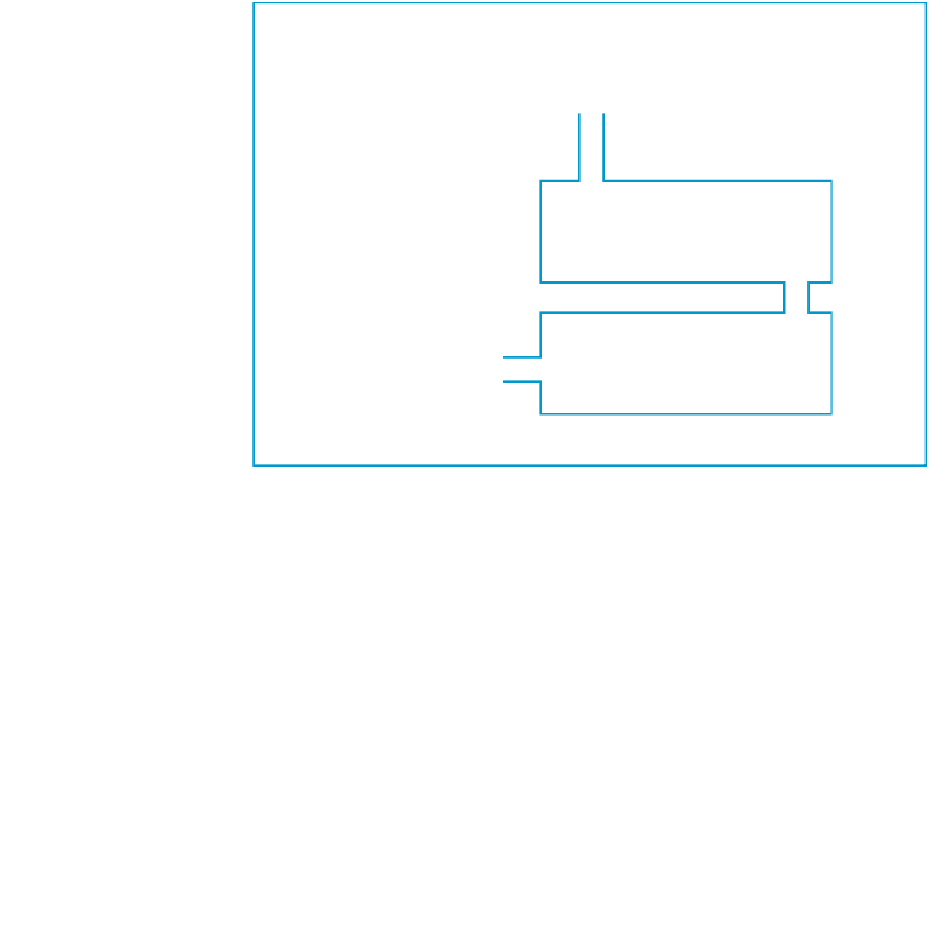Environmental Engineering Reference
In-Depth Information
FIGURE 17.10
Anoxic Limestone Drain
Vegetated
Crown
Monitoring
Well 1
Monitoring
Well 2
Source:
Nairn
et al.
1992
Clay Soil
Plastic Liner
High Quality
Limestone
(>90% CaCO
3
)
Monitoring
Well 3
Clay Soil
Original
Surface
Drain
Exit
Plastic Liner
Limestone
FIGURE 17.11
ALD - Wetland Passive Treatment
System
Well 1
Well 2
Source:
Nairn
et al
. 1992
Limestone
Pit
Well 3
Pipe
Constructed Wetland
Cell No.2
Shallow
Ditch
Limestone
Pit
Settling
Pond
Constructed Wetland
Cell No.1
Limestone
Pit
Metals such as aluminium, iron, and manganese are commonly removed in aerobic wetlands
and various co-precipitation reactions also result in the removal of other metals. Aerobic
wetlands are particularly well suited to provide a i nal 'polishing' stage of metal removal.
Many factors are involved including the layout of wetlands, the selection of suitable aquatic
plants and the residence time required for the processes to occur. A typical system involving
anoxic limestone drains and aerobic wetlands is depicted schematically in
Figure 17.11
.
(3) Anaerobic treatment systems
These systems depend on metal removal and acid neutralization from sulphate reducing
bacteria. Accordingly, they need to create the conditions in which these organisms can
thrive. This requires the supply of an organic substrate which may use low cost agricul-
tural or silvicultural wastes, and requires relatively deep water to prevent oxygen from
reaching the substrate. This substrate through which the acidic water must percolate, pro-
duces the reducing environment as well as fuel for the bacteria. Bacteria reduce sulphate














































































Search WWH ::

Custom Search